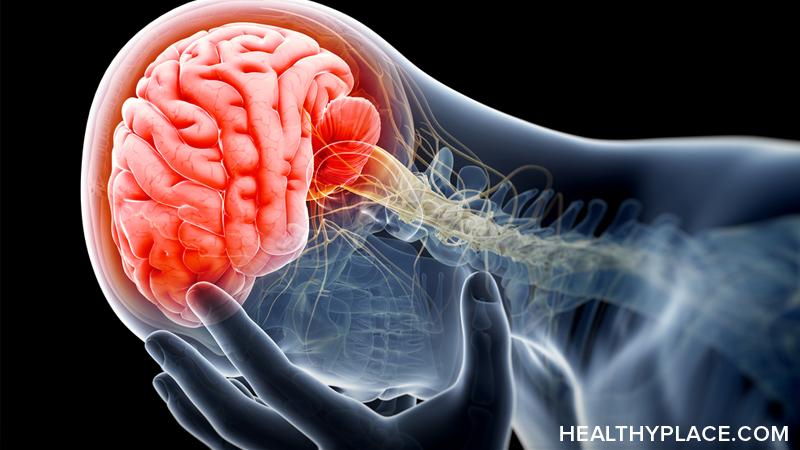Acute Panic — Looking for Answers Where None Exist

I've had acute panic and anxiety since I was a child; this was undiagnosed anxiety, of course. I remember waking up out of a sound sleep in the middle of a panic attack, although I didn't know that's what it was at the time. My parents said I was having bad dreams, which I'm sure made sense to them. Even as a child, I knew that I wasn't having bad dreams, although the symptoms felt like I was locked in some kind of nightmare.
Looking for Answers for Acute Panic
My attacks were sporadic, occurring once a month on average throughout my teens, 20s, and early 30s, by which time I well understood them to be panic attacks. Once I went on medication for anxiety and depression in 2001, the panic attacks altogether disappeared. They lay dormant for two decades until, in August 2021, they came back with a vengeance.
I suffered recurring, terrifying panic attacks for almost two months. At times, I was stuck in fight-or-flight mode for days at a time, attack after attack crashing down on me like violent waves at sea. As if the attacks weren't bad enough, while titrating up my medication, I twice suffered serotonin syndrome, which the Cleveland Clinic says: "happens when there is too much serotonin in the body."1
Between episodes, I endured crippling anxiety, fearful of the next attack.
The doctors tested me for everything under the sun that might explain the suddenness with which my panic disorder resurfaced. I had:
- Blood and urine tests
- Echocardiogram (heart ultrasound)
- Electrocardiogram (ECG)
- Magnetic resonance imaging (MRI) of the head
I even had an abdominal MRI to rule out a rare adrenal gland tumor called a pheochromocytoma that the Mayo Clinic website says is:
"a rare, usually noncancerous (benign) tumor that develops in an adrenal gland. You have two adrenal glands—one located at the top of each kidney . . . the tumor releases hormones that may cause high blood pressure, headache, sweating and symptoms of a panic attack."2
There simply was no medical explanation. I'm ashamed to admit it now, but I prayed it was the adrenal gland tumor. That's how desperate I was for an answer.
Overcoming Panic and Moving On
By the end of October 2021, I was comfortable saying that I was finally in recovery—albeit a tenuous one. The prescribed medications were doing their job, and I began the arduous task of looking forward rather than looking back where there was only dread and fear. While I had spoken to a couple of psychologists during the first weeks, I knew I needed to find—and really connect with—a psychotherapist that could help me make sense of what had happened to me and help me move on.
My experience with acute panic was easily the most traumatic thing I've ever gone through. While looking for a therapist who specializes in panic disorder, I ended up connecting with a psychotherapist who specializes in trauma and uses brain-based therapies like eye movement desensitization and reprocessing (EMDR) and brainspotting.
According to the Brainspotting Indy website:
"Brain-based therapy techniques can help clients experience unique breakthroughs . . . Sometimes referred to as “power therapies,” these newer methods work to unlock creativity, process through past trauma, and otherwise make some truly significant progress with your therapist . . . have been developed around the client’s line of vision."3
This type of therapy has helped a lot. It is, by far, the most tangible therapy I've had insomuch as it's hard work, but I feel as though I have really accomplished something after each session.
Having a Routine and Trying New Things
I try to have a routine and do my best to stick to it. Additionally, I look for things outside of my norm to try. In addition to almost weekly professional therapy sessions, my home-grown therapy looks something like this:
- I set an alarm and wake up at the same time every morning. I also try to go to bed around the same time every night, reading a good novel before I turn off the light.
- I exercise most days: walking, yoga, gentle weight training, or riding the elliptical.
- I actively listen to my body and pay attention to what it asks of me. This self-care includes paying attention to my hunger cues. Eating is important.
- I write a little bit every day.
- I looked for and enrolled in a weekly pottery class. I am not artistic but have always wanted to try it and am enjoying it immensely. I'm trying something new, it works muscles I never thought it would, and it gets me out of my head.
- I take time for gratitude, appreciating everything I took for granted before my illness. At the top of this list are my husband of 38 years, my three kids, and my three darling grandkids.
Today during therapy, six full months after the start of this painful journey, I cried because I'm still struggling with the why. Why did this happen to me? Why can't I get past it? Why do I still feel so broken and fragile? The truth is, I will never know why. I'm working through the trauma of what happened and towards being okay with not knowing why.
I'm working towards the understanding that every single breath I take is a victory.
Sources
- Cleveland Clinic, Serotonin Syndrome. January 2018.
- Mayo Clinic, Pheochromocytoma - Symptoms and Causes. March 2020.
- Randolph, B., "Brainspotting vs. EMDR: A Comparison of Power Therapies," August 2019.
APA Reference
Scott, L.
(2022, March 9). Acute Panic — Looking for Answers Where None Exist, HealthyPlace. Retrieved
on 2026, January 1 from https://www.healthyplace.com/blogs/anxiety-schmanxiety/2022/3/acute-panic-looking-for-answers-where-none-exist
